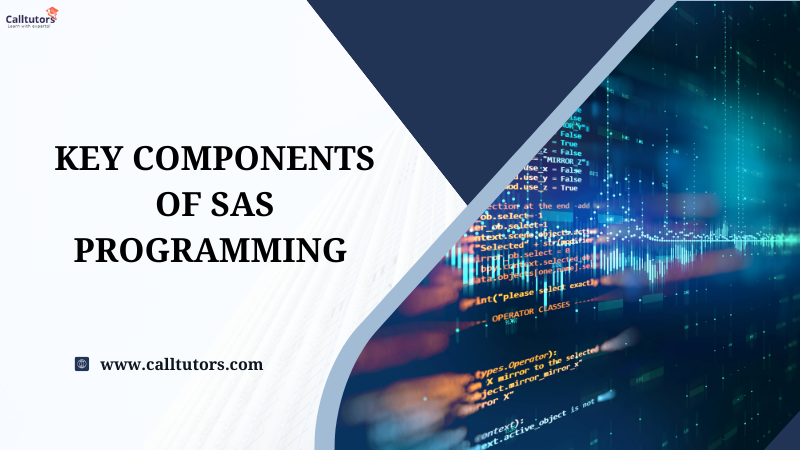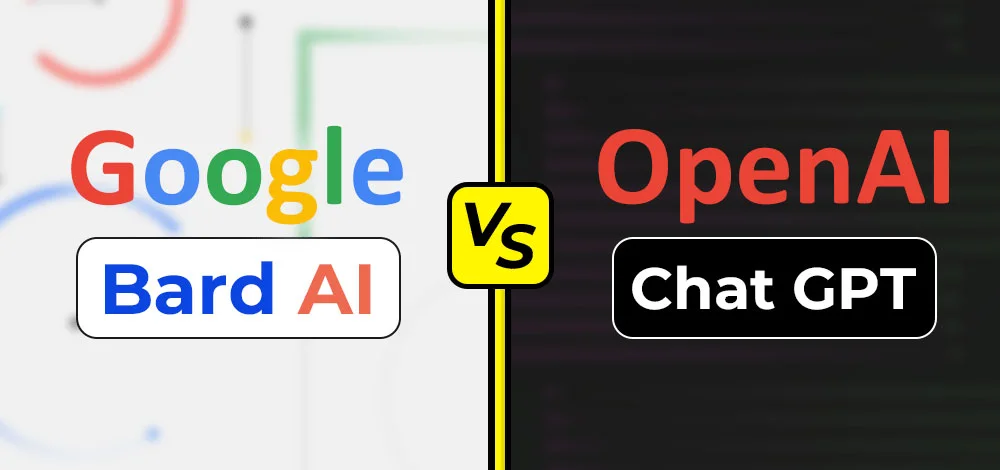Introduction
Being proficient in powerful analytical tools is crucial in the ever-changing world of modern data analytics, where data volume and complexity are always increasing. Among these tools, the Statistical Analysis System (SAS) stands as a stalwart, offering a multifaceted software suite that transcends conventional data analysis. This comprehensive guide seeks to illuminate the fundamental programming aspects of SAS, presenting an immersive journey that empowers practitioners to navigate the intricacies of data analytics with finesse and insight.
As organizations grapple with an ever-expanding ocean of information, SAS emerges as a lighthouse, guiding analysts and data scientists through the intricate processes of statistical modeling, data management, and business intelligence. In this guide, we embark on a voyage through the core elements of SAS programming, unraveling its capabilities to harness the potential of data for informed decision-making.
Note – If you are a student and struggling with your SAS Assignment, then you can get the best SAS Assignment Help from our experts.
What Is SAS?
The Statistical Analysis System (SAS) is an application package for managing data, doing sophisticated analytics, and gaining business knowledge. The SAS Institute developed the program, which offers a variety of features and tools for statistical modeling, data analysis, and decision-making across many sectors.
Key Components of SAS Programming
Data Step Programming
At the heart of SAS programming lies the Data Step, where data manipulation takes place. Here, we explore the syntax and functionality of the Data Step, demonstrating how to read, transform, and output data efficiently. Understanding this foundational aspect is crucial for any SAS programmer.
Proc Step Programming
The Proc Step is instrumental in conducting statistical analyses, generating reports, and visualizing data. In this guide, we cover essential Proc procedures, including Proc Means for descriptive statistics, Proc Freq for frequency analysis, and Proc SQL for structured query language operations. These procedures empower users to derive valuable insights from their datasets.
Macro Programming
Macros, a powerful feature in SAS, enable automation and code reusability. This section explores the fundamentals of macro programming, including the creation and execution of macros. Understanding macros is key to enhancing the efficiency and scalability of your SAS programs.
Data Management Techniques
SAS provides robust data management capabilities. We delve into techniques for handling missing data, merging datasets, and transforming variables. Effective data management ensures that your analyses are built on a solid foundation.
Real-world Applications
To reinforce theoretical concepts, real-world applications of SAS programming are essential. This guide includes practical examples and case studies across diverse industries, illustrating how SAS is employed in healthcare for clinical research, finance for risk assessment, and marketing for customer segmentation. These examples showcase the versatility of SAS in addressing real-world challenges.
Tips and Best Practices
Beyond syntax, effective SAS programming involves adhering to best practices. This section provides insights into writing clean, efficient, and maintainable SAS code. Topics covered include code optimization techniques, documentation practices, and error-handling strategies. Mastering these aspects enhances your proficiency as a SAS programmer.
Challenges and Solutions
No programming journey is without challenges. This section identifies common pitfalls faced by SAS programmers and offers practical solutions. Whether addressing data quality issues, debugging code errors, or optimizing program performance, understanding how to navigate challenges is integral to becoming a proficient SAS programmer.
Conclusion
As we conclude this comprehensive guide on fundamental programming in SAS, readers will have acquired a robust foundation in SAS syntax, procedures, and best practices. This knowledge equips them to embark on more advanced analytics projects, harnessing the full potential of SAS for data-driven decision-making.
In summary, “Fundamental Programming in SAS” serves as a roadmap for both beginners and intermediate users, providing the necessary tools to master essential elements of SAS programming. By understanding the core components and applying them in real-world scenarios, readers can confidently advance their skills and contribute effectively to the field of data analytics.





